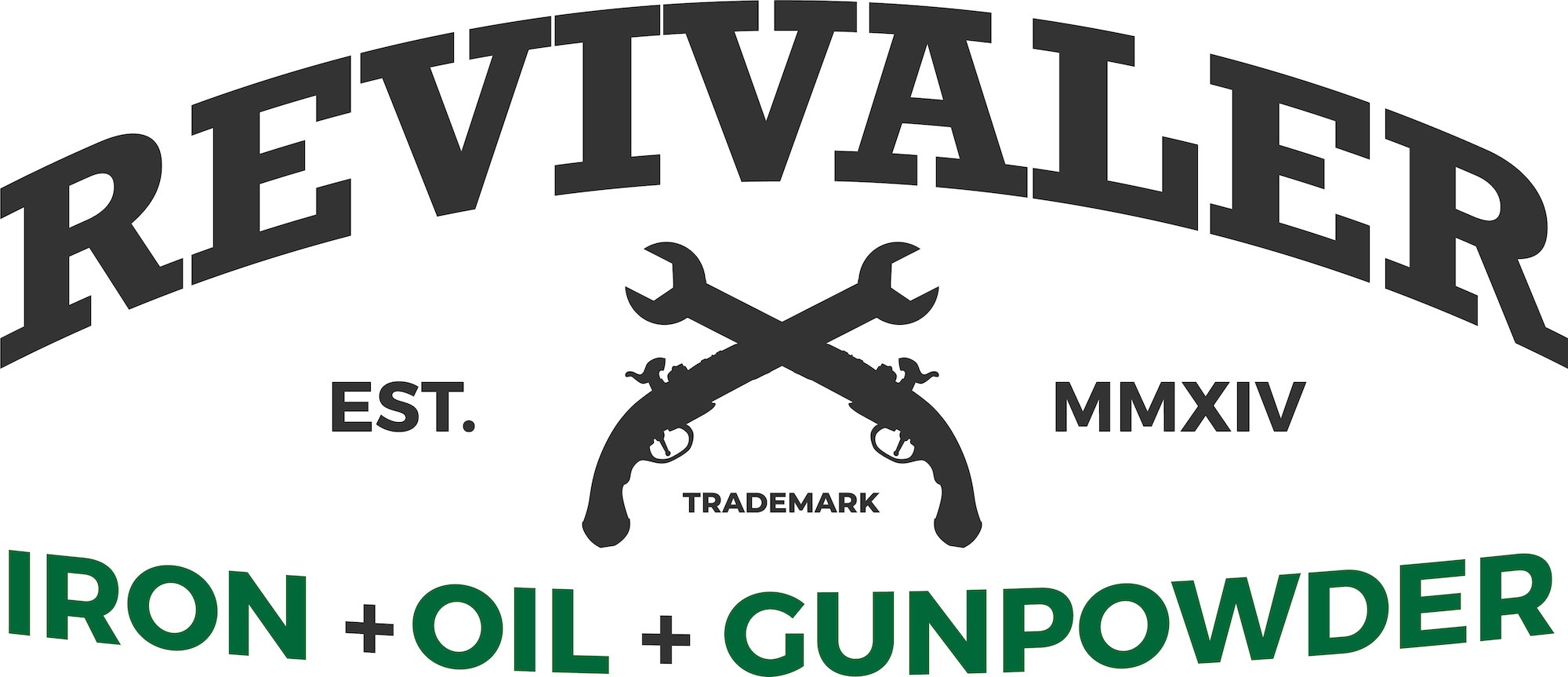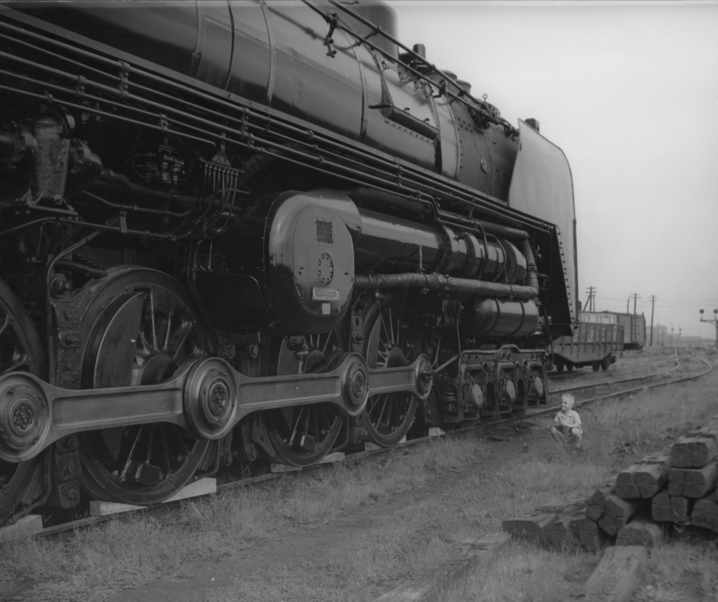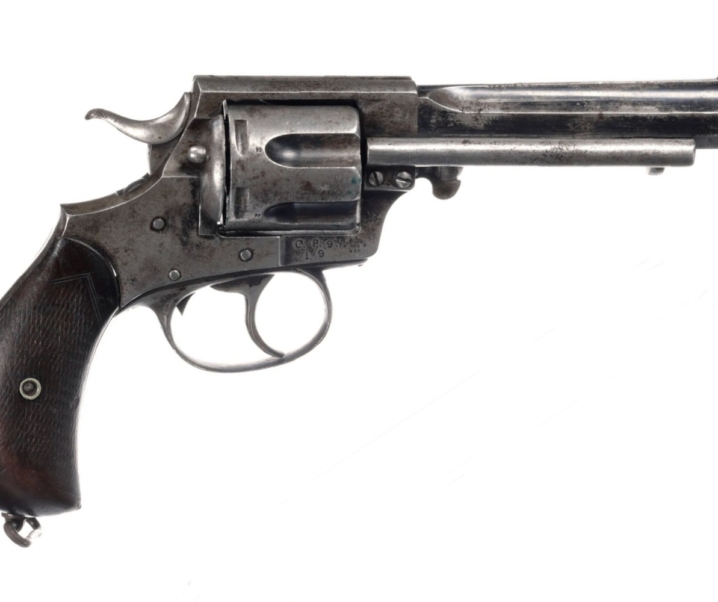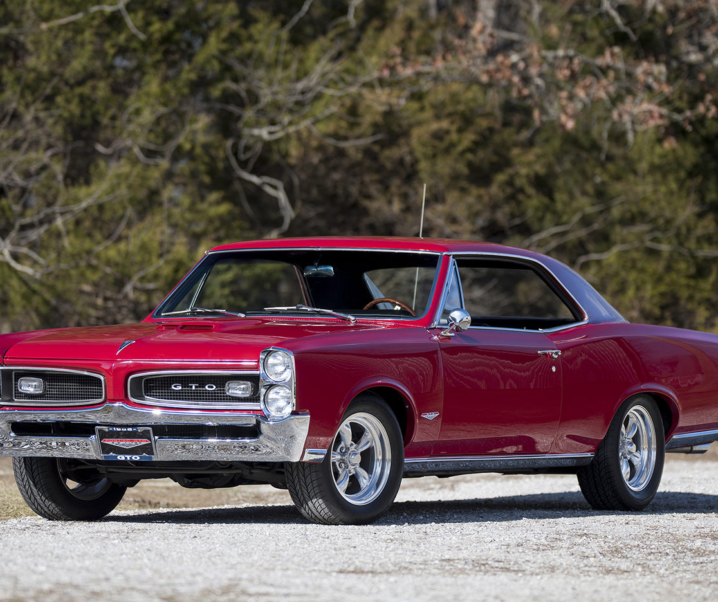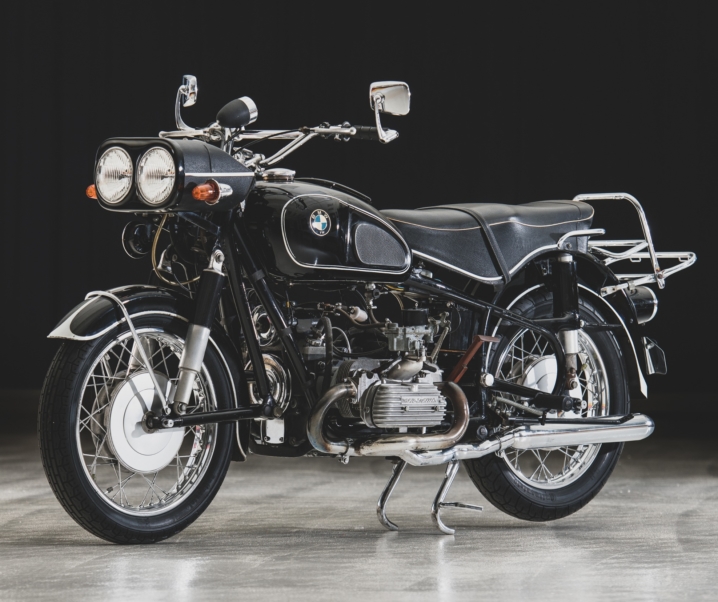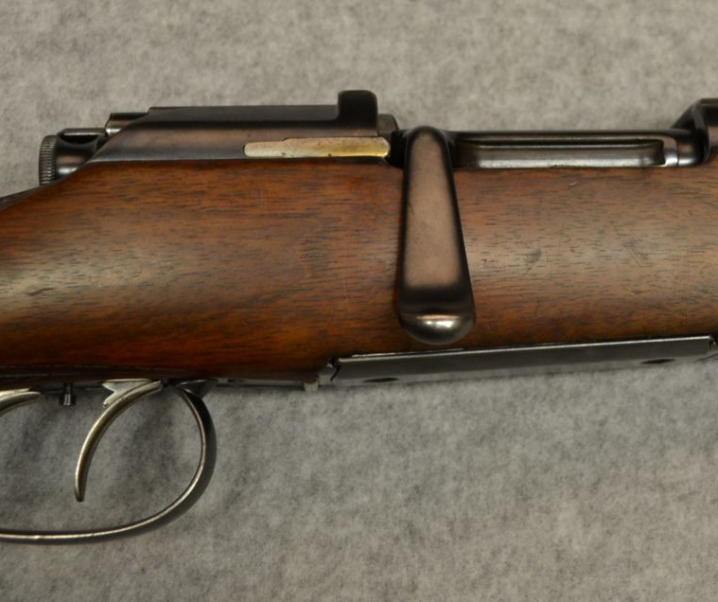The Marlin lever action rifles made nowadays by Ruger are the Models 1894, 336, and 1895. All of these trace their design heritage back to the Marlin Model 1893 which was designed by L.L. Hepburn and patented in 1893.
Fast Facts
- Marlin are best known for their lever action rifles, especially the models that feature a solid top receiver.
- The models that have survived into production in the twenty-first century are the Models 336, 1894, and 1895.
- The Models 336, 1894 and 1894 all stem from the L.L. Hepburn designed Model 1893.
- Among the most famous users of Marlin lever action rifles was Annie Oakley. She was known as the “Lady with the golden gun” – and her golden gun was a Marlin.
Marlin have become one of the best known American gunmakers, principally because of their lever action rifles.
Marlin’s lever actions were a part of the inventory of “guns that won the west”. They forged a reputation for good design and quality manufacture.
After working for the American Machine Works and while with Colt Patent Firearms in Hartford, Connecticut, John Marlin set up his own part-time business in 1863, at first making small single-shot derringers before trying his hand at making a revolver in 1870 once the Rollin White patents on revolver cylinder design expired.
Marlin established his business full-time in about 1870 (some sources cite 1872) in State Street, New Haven where he continued to produce his own derringers and revolvers.
An example of Marlin’s early revolver designs is his No.32 Standard of 1875. This was a break-action with a tip-up barrel chambered for the 32 Colt rimfire cartridge.
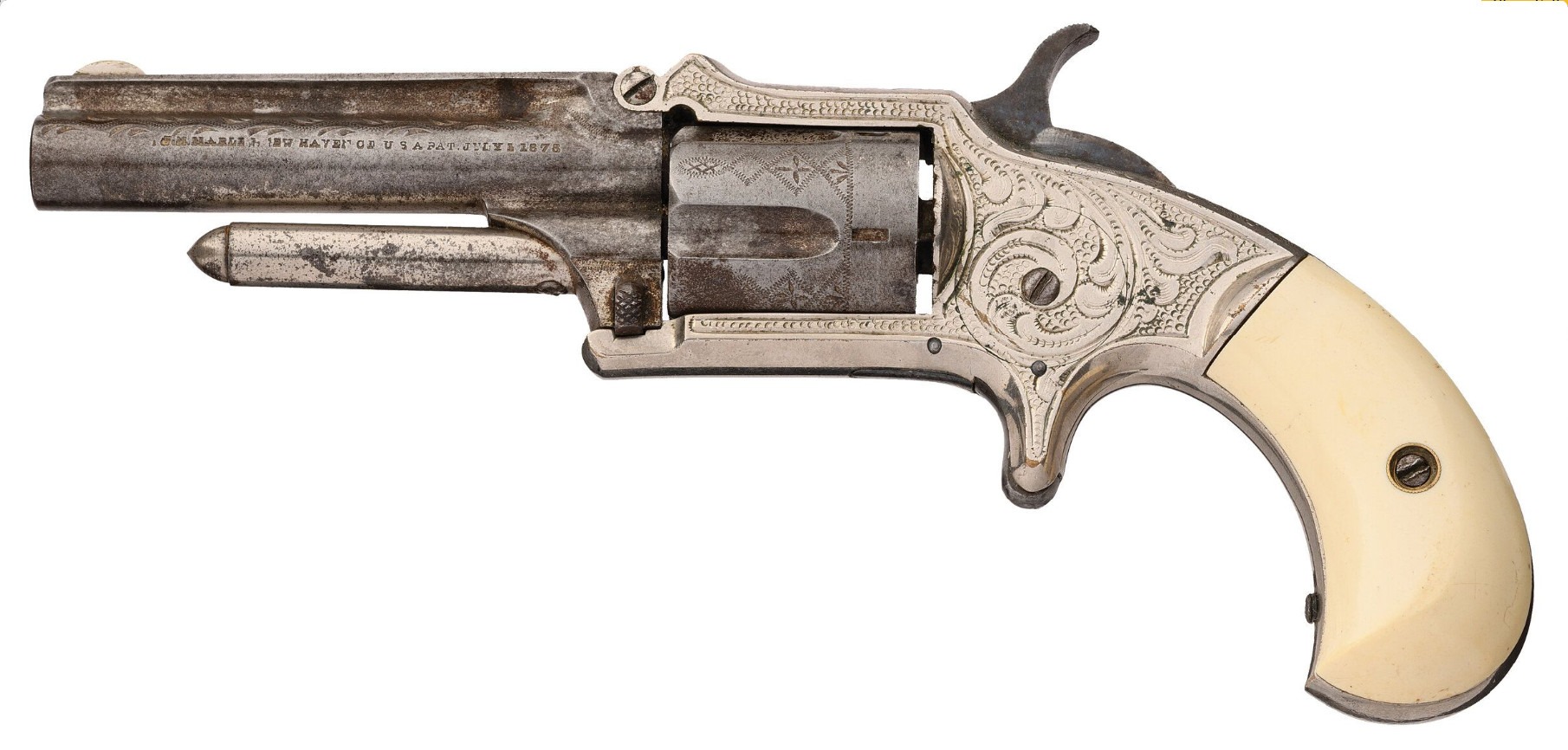
John Marlin was approached by New York arms dealers Schoverling and Daly in 1873 with a view to his workshop making the Ballard single-shot rifle, which had been created and patented by Charles H. Ballard in 1861. These rifles had been made by a variety of makers but when Ballard went bankrupt Schoverling and Daly had stepped in to acquire the patent rights, equipment, parts inventories, and properties in order to get the rifles back into manufacture.
Marlin, and Schoverling and Daly came to an agreement and so Marlin became the manufacturer of Ballard single-shot rifles. The Marlin made Ballard rifles earned a reputation for excellent workmanship with the result that Marlin’s business boomed.
John Marlin was not one to rest on his laurels and in 1881 he incorporated Marlin Firearms Company and set about expanding his product range. He had been able to gather a talented design team and debuted his Model 1881 lever action rifle, embarking on competition with Winchester. Marlin’s lever action incorporated patented design features that had been created by Andrew Burgess and others to create a top-eject lever action rifle with tube magazine and side loading gate, chambered for the 32-40, .38-55, .40-60, .45-70, .45-85.
As can be seen from the caliber listing the Marlin Model 1881 came chambered for some significantly powerful cartridges which gave it an advantage over its Winchester competition for a number of years.

But the Marlin 1881 was a heavy action and so Marlin created a more lightweight rifle chambered for lighter pistol cartridges: this was the Marlin Model 1888.
The Model 1888 was a Lewis Hepburn design, tube-magazine, side-loading gate, top eject lever action rifle quite similar in appearance to the Winchester rifles of the time. It was offered in 32-20, 38-40 and 44-40. But Marlin’s design team understood that the design could be significantly improved upon, and that they would really benefit from offering customers something different, but attractive. The idea was brilliantly simple: do away with the top-eject and instead use a side-eject. This provided the advantage that hot spent cartridge cases would not be ejected upwards – because what goes up must come down – and if a hot cartridge case happens to drop down the shooter’s shirt it is not a happy experience.

Making a lever action rifle with side-eject provided another advantage. The top of the receiver could be left solid, a structurally preferable arrangement.
The first of the solid top Marlin lever action rifles was the Model 1889 and it was made chambered in 25-20 (rare), 32-20, 38-40, and 44-40.
The Model 1889 was also designed by Lewis Hepburn (L. L. Hepburn) and was introduced by Marlin as the “New Safety Repeating Rifle” and it was chambered for 25-20 (only thirty four made), 32-20, 38-40 and 44-40.
There were a number of significant improvements in this rifle: the locking lug and firing pin system would not permit the rifle to fire unless the bolt was locked in place, and the cartridge carrier was an improved design.

The idea of a solid top side-eject action was an excellent idea for both practical and marketing reasons and Marlin went on first to apply that style of action to a rimfire rifle, creating the Model 1891: which was to become the favorite rifle of markswoman Annie Oakley.
The Model 1891 was superseded by the Model 1897 and Annie became so highly respected that Marlin would present her with a new Model 1897: gold plated and engraved by the famous Conrad F. Ulrich Jr. in 1903. Annie Oakley used that gold Marlin in her performances from then on and became known as the “Lady with the golden gun”.
Lewis Hepburn could see that as black powder was being replaced by smokeless powder in firearms that some re-design work on the Model 1899 was needed to create a new Marlin model for the smokeless powder era.
Hepburn lengthened the action of the Model 1899 and created a stronger bolt with a two-piece firing pin. This rifle was dubbed the Model 1893, and it became the ancestor of the Marlin Models 336, 1894, and 1895.
When first introduced the Model 1893 was offered in 32-40 and 38-55 – both of these being black powder cartridges. Then in 1895 Marlin began offering the Model 1893 chambered for the new smokeless powder cartridges such as the 30-30 Winchester.
Following on from there Marlin offered the rifle chambered for the “.32 High Power Special” (i.e. .32 Winchester Special), and their proprietary 25-36 Marlin.
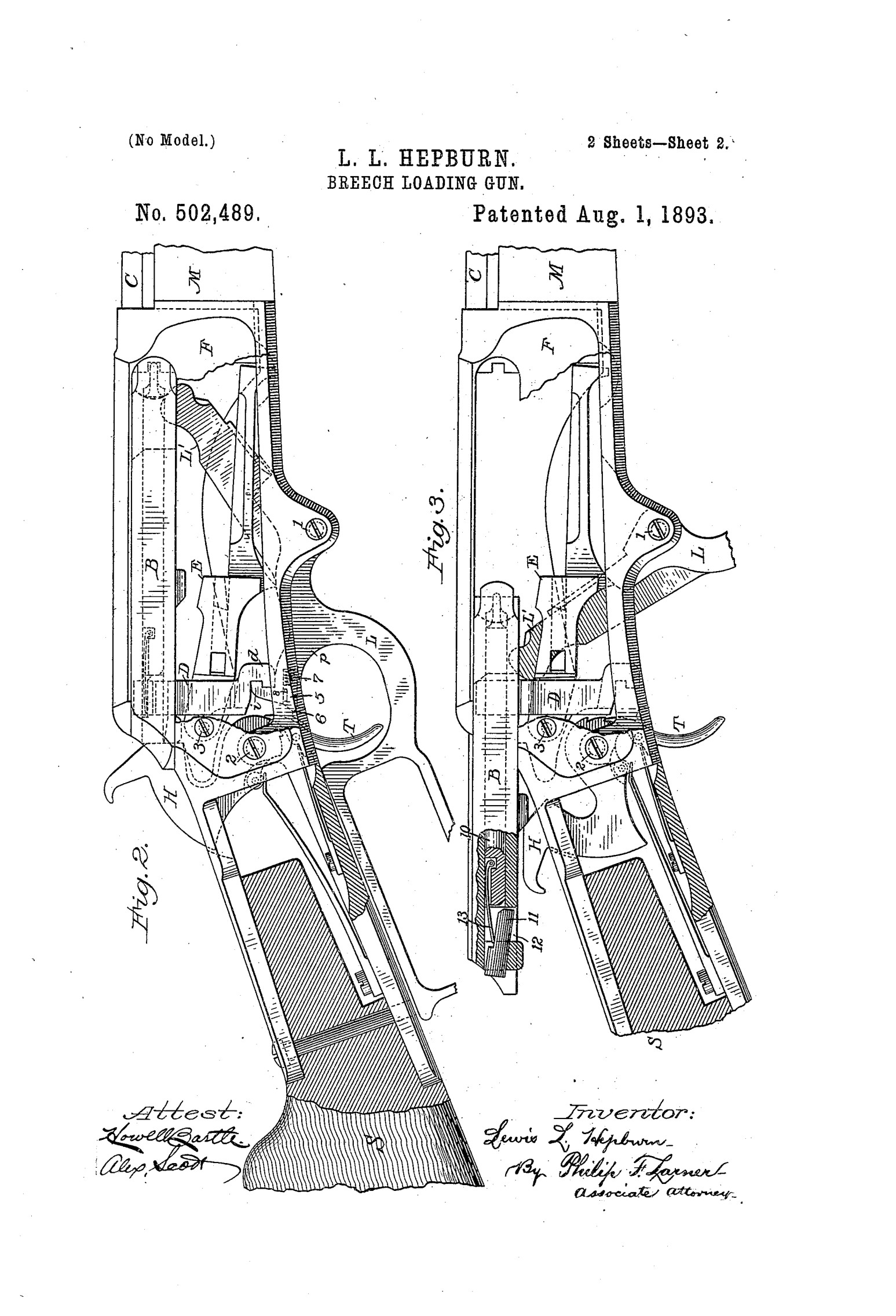
The Model 1893 was to become the foundation on which the Models 1894, 336, and 1895 would be based.
While the Model 1893 was a good design Lewis Hepburn could see that it could be simplified and improved. To this end Hepburn eliminated the rear locking lug which protruded down into the trigger guard as the action was cycled and had exhibited a tendency to pinch the shooter’s finger.
The action was strengthened and the trigger became a one-piece unit. The two-piece firing pin functioned to ensure that the rifle could not fire unless the finger lever was fully closed.
These improvements made their way into the first of the Model 1893’s offspring; the Model 1894.
Lewis Hepburn had the Model 1894 patented on 1st August 1893 and the rifle went into production in 1894. That first model would remain in production until 1935. After 1903 the rifle was offered with a Hepburn receiver sight.
Barrel lengths for the First Model 1894 varied from 15 inches all the way out to 32 inches and rifle weight varied from around 5½ lb to 6½ lb.
Calibers were 25-20, 32-20, 38-40 and 44-40.

The Model 1893 spawned another Marlin rifle, the Model 1936, which was introduced in 1936 chambered for the smokeless 30-30 Winchester and the 32 Special. This model was only made as the Model 1936 for one year and it replaced the Model 1894 and its by then increasingly obsolescent caliber offerings.
The Model 1936 was re-named the Model 36 in 1937 and remained in production until 1948 when the design was improved by Marlin staff member Thomas R. Robinson, Jr. and named the Marlin Model 336. It has remained in production through to the present day.
The improvements in the Model 336 began with the strengthening of the forged receiver by the use of a machined ejection port, leaving more steel in the receiver by eliminating the large cut-out required by the rectangular profile breech bolt of the 1893, and use of a round profile breech bolt with an improved extractor.
The flat main and trigger springs of the Model 1893 were changed to coil springs in the new design.
The Marlin Model 336 was a model that was able to capitalize on its solid flat top receiver which made it an ideal candidate on which to mount an optical sight. Riflescopes were becoming increasingly popular in the post-war era. American maker Weaver introduced their 3-30 riflescope in 1930 and it sold for an affordable US $19.00.

The Marlin Model 1895 was another rifle that was created on the foundation of the Model 1893 design. Lewis Lobdon Hepburn made the Model 1893 action longer, to accommodate such larger black powder cartridges as the 45-70, and the first model retained the closed bolt of the parent Model 1893, and as we see on the current Model 1894.
Production of the Model 1895 began in the later part of 1895 with the lowest serial number example dating to November 27th of that year.
The cartridges initially offered were the 38-56, 40-65, 40-82, 45-70, and 45-90. The in 1897 the 40-70 WCF was added: and in 1912 the 33 WCF.
Marlin offered a variety of options on each of their model rifles and the Model 1895 was no exception. Barrel lengths varied from 15 inch to 32 inch. Barrel styles could be round, part octagon or full octagon. Stock style could be straight hand or pistol grip: and for custom bespoke rifles the buyer’s imagination and budget were the sole determining factors as to what could be achieved.
John Marlin, the founder of Marlin Firearms, passed away in 1901 and his two sons, Mahlon Henry and John Howard, took over the business.
Marlin continued production of that first Model 1895 until 1917, when the United States entered the Great War in Europe and the company needed to devote itself to war production, becoming a respected maker of Colt-Browning M1895 machine guns: which became affectionately known as “Marlin Guns”.

After the First World War Marlin resumed making sporting rifles and guns. They acquired the Hopkins & Allen Arms Company which enabled it to expand on its range of sporting arms, including the Hopkins & Allen pistols.
The transition from the original Marlin lever action rifle models took place in the 1960’s and 1970’s. In 1956 Elmer Keith and his associates managed to persuade Remington to put his 44 Magnum cartridge design into production. Keith had been looking to create a revolver cartridge that would have adequate power for the upper end of use, in hunting, and as protection against creatures of the exceedingly unfriendly kind.
Once the 44 Remington Magnum was in production it produced fairly slow sales at first: it was not exactly the most user friendly cartridge to press trigger on in a revolver, generating both large amounts of recoil and a sharp muzzle blast that left one with ringing ears unless wearing hearing protection.
It would not be until the release of the movie “Dirty Harry” in late 1971 that the Smith & Wesson Model 29 chambered for the 44 Remington Magnum really took off in terms of popularity. But before then there were rifle makers who understood that the 44 Magnum might be a bit of a fearsome beast in a revolver, but that it would be a pretty useful and much better behaved item in a light small carbine.
Notable among these were Ruger, who created their semi-automatic Model 44 carbine for the 44 Magnum, and Marlin, who at first tried adapting the Model 336 for it.

The Marlin Model 366 in 44 Remington Magnum was in production in the early 1960’s until the mid-1960’s. It developed a reputation for being a fussy rifle as to which loads it would and would not feed from the magazine. But it certainly tamed the 44 Magnum and made it a rather pleasant cartridge to shoot.
However the Model 366 was a long action intended for the 30-30 and Marlin understood that it was not the best candidate for a 44 Magnum carbine.
The action that would prove to be best for the 44 Magnum was the Model 1894, which had been designed with pistol cartridges in mind.
Marlin introduced the New Model 1894 in 1969 chambered for the 44 Magnum, and later went on to add the 357 Magnum in 1979 and 41 Magnum in 1984.
The Model 1894 proved to be ideally suited to the 44 Magnum and has become a popular rifle for modern shooters.

The first Model 1895 in 45-70 had ceased production in 1917 but by the early 1970’s Marlin realized there was a market for a new version of the rifle based on the Model 336 style action. The New Model 1895 made its debut in 1972 with a straight hand stock. In 1984 the Model 1895 was given a pistol grip stock and rounded profile lever.
In the ensuing years Marlin have been owned by Remington Arms Company in 2007: and then in 2020 Marlin Firearms was purchased by Ruger who have taken on the manufacture of a large range of Marlin lever action models which can be found on the Marlin Firearms website if you click here.
The current model Marlin lever action rifles made by Ruger are in five series:-
- SBL Series: A 21st century take on the traditional Marlin lever action rifle these rifles are made in polished stainless steel with a spiral fluted bolt and gray laminate stock.
- Dark Series: For those who fancy something that leans towards the dark side the Dark Series provides a nylon reinforced polymer stock complimented with an anodized aluminum fore-end. The rifles of this series look to be about as weather resistant as a rifle can be made to be: a rifle for the rain, hail, sleet and snow.
- Classic Series: Because I’m a bit of a vintage classic the Classic Series are the rifles that most appeal to me with their American Black Walnut stocks and traditional polished and blackened steel action and barrel. There are three versions in the Classic Series, a Model 336 in 30-30, and a Model 1894 in either 44 Remington Magnum or 357 Remington Magnum.
- Trapper Series: This rifle was made to be the right gun for hunting and self-protection in Alaska and similar places. The metalwork is in stainless steel. There are two versions of the Model 1895, one with a stock of Black Laminate and the other with a Black Magpul ELG stock. Both of these rifles are chambered for the 45-70. There is also a stainless steel Model 336 in 30-30 with Black Laminate stock.
- Guide Gun Series: The Guide Gun Series rifles are made with blackened metalwork with brown laminated stock and fore-end. This series features a Model 1895 in 45-70, and the Model 1894 in either 44 Remington Magnum or 357 Remington Magnum.

The Marlin lever action rifles made today by Ruger trace their design heritage back over 130 years to the Model 1893 of Lewis Hepburn.
Marlin lever action rifles are found all over the United States and in many other places in the world. Some are treasured family heirlooms, some are trusted hunting companions, some reside in collections and museums, and no doubt there will be quite a few to which stories and significant memories are attached.
I for one appreciate the fact that Ruger have taken ownership of this American icon and are ensuring that these historically significant rifles are available new in gunshops all over the United States, and in many parts of the world.
Picture Credits: Feature image at head of this post courtesy Rock Island Auction. All other pictures individually credited.
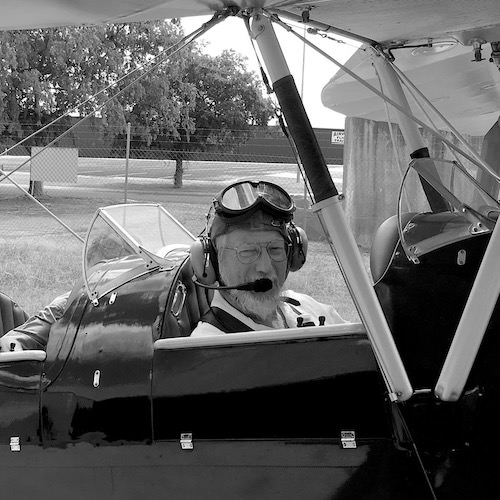
Jon Branch is the founder and senior editor of Revivaler and has written a significant number of articles for various publications including official Buying Guides for eBay, classic car articles for Hagerty, magazine articles for both the Australian Shooters Journal and the Australian Shooter, and he’s a long time contributor to Silodrome.
Jon has done radio, television, magazine and newspaper interviews on various issues, and has traveled extensively, having lived in Britain, Australia, China and Hong Kong. His travels have taken him to Indonesia, Israel, Italy, Japan and a number of other countries. He has studied the Japanese sword arts and has a long history of involvement in the shooting sports, which has included authoring submissions to government on various firearms related issues and assisting in the design and establishment of shooting ranges.
